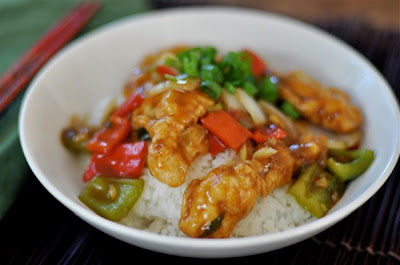
A recent New York Times article about East Coast clam culture got me wondering: Why no clam shacks around Puget Sound? Day-trip to a beach near New York City or Boston or anywhere along the Jersey Shore and you’re bound to stumble on a weathered, low-slung joint where the beer is cold and the clams are fresh. Near Seattle? Not so much. And please, don’t try to sell me on Ivar’s. The sad truth is we don’t have mom and pop clam shacks here, not in any discernible numbers. Population density, I heard someone say, but the Puget Sound region is now pushing five million people, certainly enough to warrant a few well established hole-in-the-wall shellfish shrines.
Another possibility is the clam fare itself. In addition to steamer clams (Mya arenaria, aka Eastern softshells), the Atlantic boasts another species not native to the Pacific, the quahog (Mercenaria mercenaria), and with it an entire category: clams on the half-shell, which is to say raw clams. Out here we mostly do oysters raw.
Still, even if the clams are different you would think the abundance of seafood in the Northwest would promote more than the occasional touristy fish and chip parlor. We have razor clams, littleneck clams, butter clams, horse clams, a variety of oysters, Dungeness crab, spot shrimp, and so on, not to mention the infamous geoduck. An enterprising soul should be able to open a seaside shanty with local beer and lots of seafood and turn it into a destination. You’d think…
I was thinking about this dearth of clam bar culture when I decided I’d bow to the Pacific Rim inclinations of my town and try to marry those leanings to a more down-home greasy spoon approach. I decided to deep fry the remainder of last week’s geoduck clam for Sweet and Sour ‘Duck.
Let me just say up front that I never order Sweet and Sour anything at Chinese restaurants. That gooey radioactive pink sauce is too weird even for me. But sweet and sour, when done the right way, is a time-honored amalgam of flavors in the Far East and I decided it would make a good match for deep-fried geoduck. I gave a nod to the Americanized version by adding onions and bell pepper. My one big mistake: I added the clams, already fried and crispy, back into the wok at the end to get them thoroughly coated with sauce, which turned them instantly soggy. Bad call! Best to pour on the sauce when you’re ready to serve.
1 small yellow onion, chopped
1 red bell pepper, chopped
1 green bell pepper, chopped
peanut oil
1/2 pound geoduck, sliced into thin strips
For Batter:
2 eggs
1/2 cup or more corn starch
For sauce:
3 tbsp white sugar
1/4 tsp salt
2 tbsp black Chinese vinegar
1 tsp soy sauce
4 tsp corn starch
3 scallions, thinly sliced
1 tbsp garlic, minced
1 tbsp ginger, minced
3/4 cup chicken stock
1 tsp sesame oil
1. Prepare sauce ingredients. In a small bowl mix together sugar, salt, black vinegar, soy sauce, and corn starch. Set aside.
2. In wok over high heat, stir-fry onion and bell pepper with a tablespoon of peanut oil for 2 minutes or so, until starting to soften. Set aside and keep warm.
3. Add enough oil to wok to fry sliced clam in batches. Beat eggs and add to corn starch. Batter should be thick; add more corn starch if necessary. Batter and fry sliced clams until golden, then remove to paper towels. Set aside and keep warm.
4. After carefully disposing fry oil, quickly make sauce. Add 3 tablespoons peanut oil to wok over medium heat. Stir-fry garlic and ginger for 30 seconds. Add stock and bring to boil, then add the prepared sauce ingredients. Stir the sauce as it thickens, then add scallions and sesame oil.
5. Serve the vegetables over rice and topped with the fried clam. Pour sauce over.
Like this:
Like Loading...























